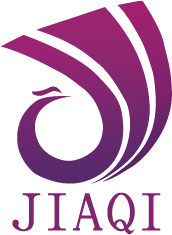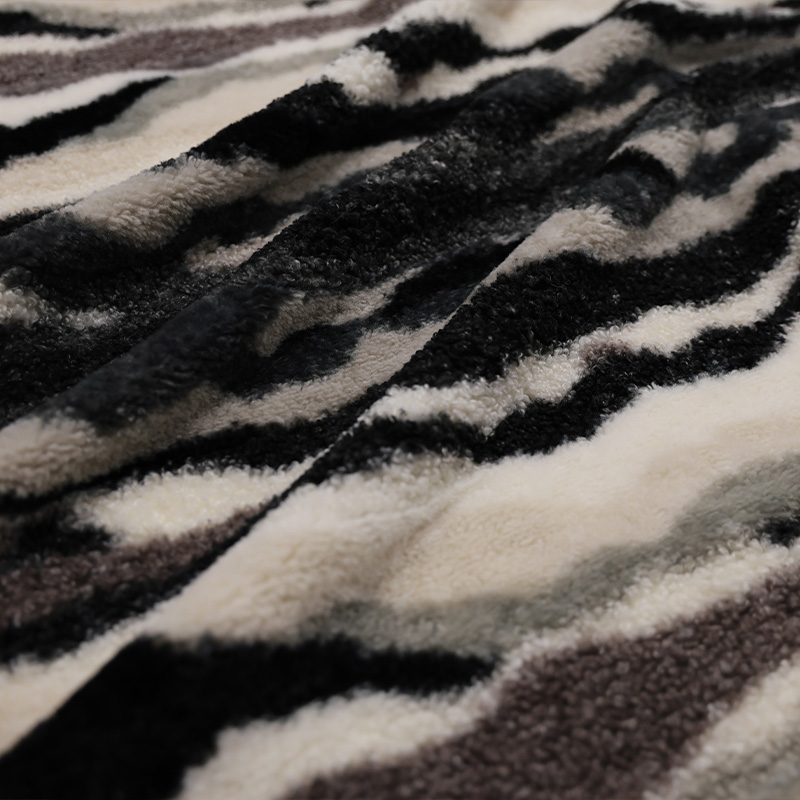











Curled velvet, renowned for its luxurious texture and elegant appearance, has been a popular choice in home textile design for many years. However, like any fabric, it comes with its own set of drawbacks that must be carefully considered when making purchasing decisions. This article delves into the limitations of curled velvet in home textile use, providing insights that can help consumers make informed choices.

1. Durability Concerns
One of the primary drawbacks of curled velvet in home textiles is its durability. The delicate fibers of the fabric are prone to wear and tear, especially in high-traffic areas such as seating and floor coverings. Over time, the pile can flatten or become matted, reducing the fabric's softness and aesthetic appeal. This requires regular maintenance and can lead to premature replacement, increasing long-term costs.
2. Cleaning and Maintenance
Curled velvet requires special care to maintain its appearance and texture. The fabric is sensitive to harsh cleaning agents and abrasive cleaning methods, which can damage the fibers and shorten the lifespan of the textile. This necessitates gentle cleaning techniques, such as dry cleaning or hand washing with mild detergents, which can be time-consuming and costly. Additionally, spills and stains can be difficult to remove, further complicating the maintenance process.
3. Stain Resistance
Another limitation of curled velvet in home textiles is its lack of stain resistance. The fabric's absorbent nature makes it susceptible to liquid spills and oil-based stains, which can be challenging to remove without damaging the fabric. This can be particularly problematic in areas where food and drink are consumed, such as dining rooms and living rooms.
4. Allergen Accumulation
Curled velvet's dense pile can trap allergens, dust, and dirt, making it less suitable for allergy sufferers. Regular vacuuming and cleaning are necessary to maintain a healthy indoor environment, but even with diligent maintenance, the fabric may still harbor allergens. This can be a significant concern for individuals with allergies or asthma, who may experience adverse reactions to the fabric.
5. Fire Safety
The flammability of curled velvet is another important consideration in home textile use. The fabric's synthetic fibers can ignite easily and burn rapidly, posing a fire safety risk. While many manufacturers treat their fabrics with flame-retardant chemicals to improve fire safety, consumers should still be aware of the potential risks and take necessary precautions, such as avoiding placing curled velvet textiles near heat sources.
6. Cost and Availability
The cost and availability of curled velvet can also be limiting factors in home textile use. High-quality curled velvet is often more expensive than other fabrics, which can make it less accessible to budget-conscious consumers. Additionally, sourcing the fabric in larger quantities or finding specific colors and patterns can be challenging, limiting design options and flexibility.
In conclusion, while curled velvet offers a luxurious and elegant aesthetic in home textiles, it comes with several drawbacks that must be carefully considered. Durability, cleaning and maintenance, stain resistance, allergen accumulation, fire safety, and cost and availability are all important factors that can impact the suitability of curled velvet for various home textile applications. By understanding these limitations, consumers can make more informed decisions about whether curled velvet is the right choice for their home decor needs.